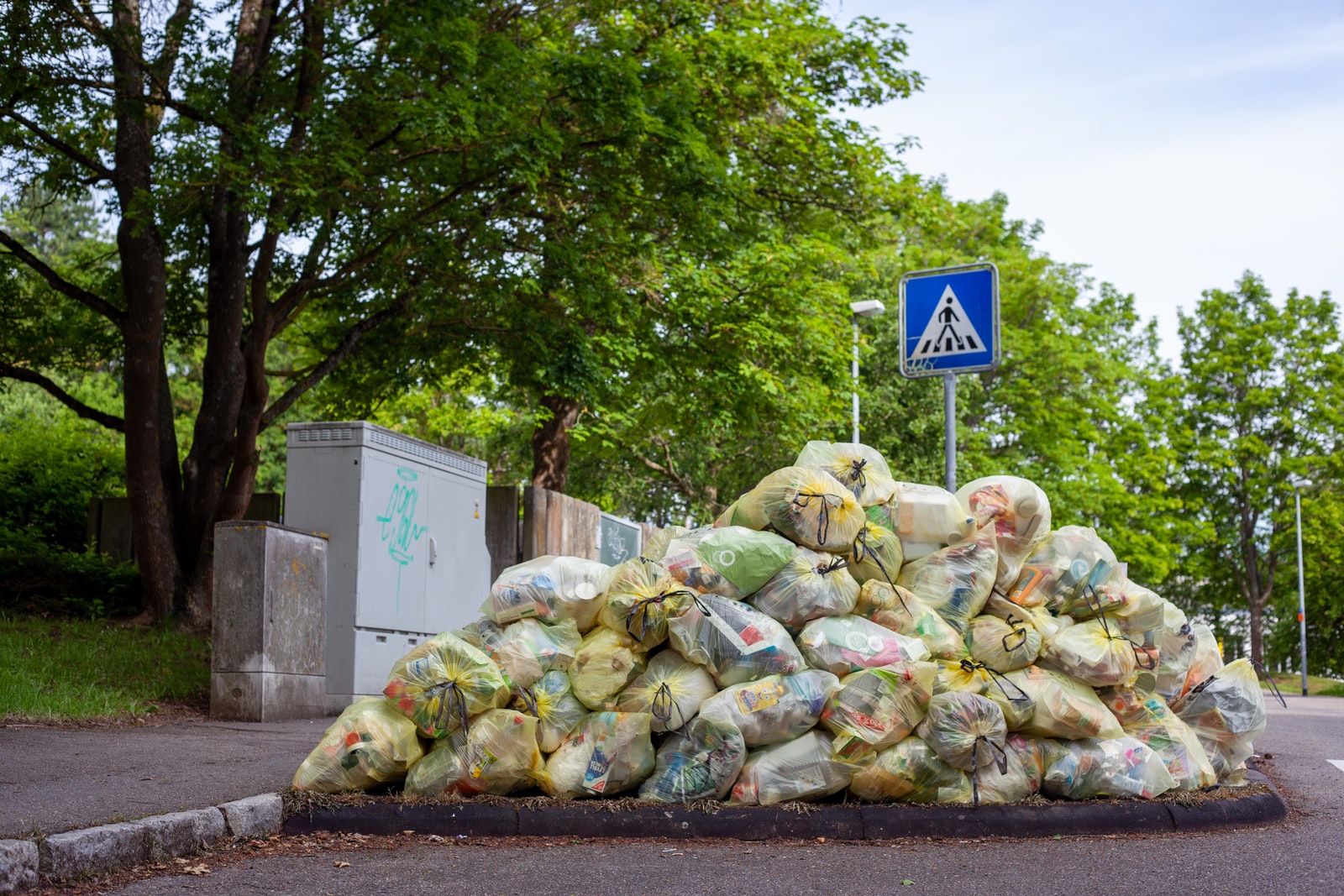ReFED
, a nonprofit working to end food loss and waste across the U.S. food system, reports that in 2019, U.S. businesses generated approximately 50 million tons of surplus food. That’s the equivalent of 80 billion meals. And, according to the Center for EcoTechnology (CET), a government-funded non-profit that provides food recovery and waste diversion assistance to businesses, that represents a loss of about $244 billion across foodservice, retail, manufacturing and farm sectors.
TIP
Repurpose surplus food or food items that are not appealing to customers (overripe bananas, bruised fruit, stale bread), to create new meals. This reduces waste and increases the possibility that businesses may earn revenue from the sale of already purchased inventory.
It is clear that reducing food waste has a direct effect on a business’ bottom line. It also has the ability to increase a business’ reputation, increase customer and employee satisfaction, and play a vital role in preserving local resources, and improve air and water pollution caused by overflowing landfills. There are a lot of opportunities to reduce food waste. In Connecticut (according to a statewide solid waste study), food waste is estimated to be about 22% of the total municipal solid waste. That’s a lot of food waste!
So, what can you do to reduce food waste in your business? The first step is to find out where that waste comes from.
Waste tracking/ Waste audit
The Center for EcoTechnology (CET) suggests collecting wasted food separately from other waste your business generates. This makes it easy to see the volume of food that is being discarded. Then, track your food waste to gain insight into why the waste is happening. To make tracking easier, the Environmental Protection Agency (EPA) offers free tools. There are also some more sophisticated tracking technologies available as well, such as LeanPath, Phood or Winnow.
If you’re looking for more personalized help and recommendations, CET may be just what you need. CET has helped dozens of businesses in CT reduce food waste. Whether you’re just getting started or you’re ready to take your current waste reduction efforts to the next level, CET offers no-cost analysis and support. As part of its Restaurant Certification Program, Sustainable Westport has introduced CET to many local restaurants and has helped them divert food waste.
Strategies for reducing food waste
CET offers a handy guide full of information and resources on reducing food waste. When it comes to strategies for reducing food waste, some of the highlights include:
- Better meal planning. Careful planning minimizes food waste by reducing overproduction.
- Efficient food purchasing. There is a great opportunity to reduce food waste by not over-ordering. Also purchasing higher quality food with a longer shelf life helps reduce waste.
- Focus on food storage and inventory. Using a first-in, first-out storage system, labeling items for priority use, and taking frequent inventory are just a few of the “back of house” strategies that are effective.
- Making changes in how food is prepared. Root-to-stalk cooking, uniform food cutting, and repurposing surplus food items are just some of the ways waste can be reduced in the kitchen.
- Make food waste tracking a priority. Setting goals to reduce food waste and measuring progress can be empowering for employees.
Redistribute food
Despite the best planning, it is impossible to eliminate all surplus food. But it doesn’t have to end up in a landfill or incinerator. One organization that is making a real difference is Food Rescue US. Committed to reducing hunger and wasted food, Food Rescue US uses a network of volunteers to pick up food from businesses who have surpluses and deliver it to nonprofit agencies in the community that can best use it.
What kinds of businesses can be food donors? Grocery stores, restaurants, hospitals, schools, farms, farmers markets, performing arts and sports arenas, corporate dining facilities, hotels & convention centers. And not only does the redistribution of food help the community, it also benefits your business through a tax donation and reduction of your trash removal fees.
Learn how to become a donor here.
Compost
Food scraps are inevitable, even if you are buying right and menu-planning accordingly. But they don’t have to be thrown away. In Westport, two licensed food scrap haulers serve both residences and businesses. Action Waste Solutions and Curbside Compost collect slightly different items so it’s best to contact them to see which one best fits your needs.
Remember, even if you are not a food establishment, but rather a church or a retail store, or even an office space, your employees produce food waste. Diverting food waste from our waste stream is very important for the environment. If you don’t produce enough food waste to hire a commercial hauler, consider bringing your food waste to the Westport Transfer Station.
Check out CET’s Connecticut page for other helpful Connecticut wasted food resources.
Grocery stores and Food Distributors
Section 22a-226e of Connecticut’s General Statutes pertaining to Solid Waste Management (Chapter 446d) requires that each commercial food wholesaler or distributor, industrial food manufacturer or processor, supermarket, resort or conference center that generates a projected annual volume of 26 tons or more per year of source-separated organics materials (SSOM) and is located not more than 20 miles from an authorized source-separated organic material composting facility must comply with the following:
- Separate such source-separated organic materials from other solid waste, and
- Ensure that such source-separate organic materials are recycled at any authorized source-separated organic material composting facilities that have available capacity and that will accept such source-separated organic material.
STAY INFORMED
The design of dining and service areas can impact food waste. For example, setting up service areas to minimize waiting can really cut down on the amount of waste produced.
